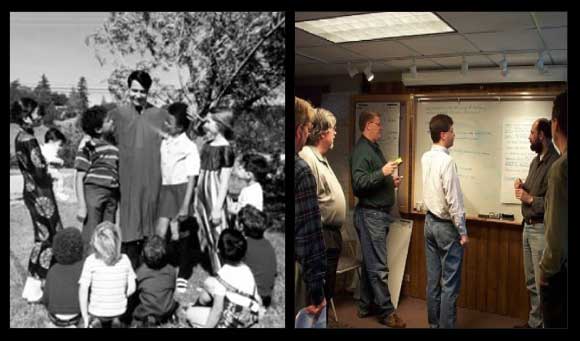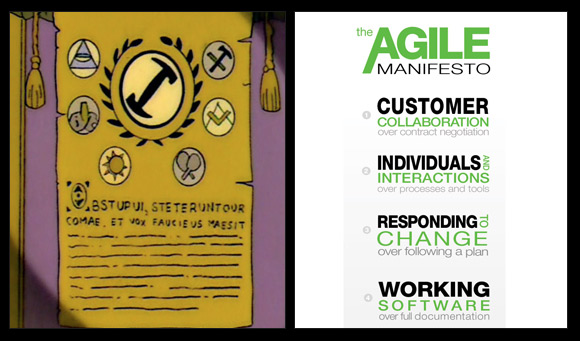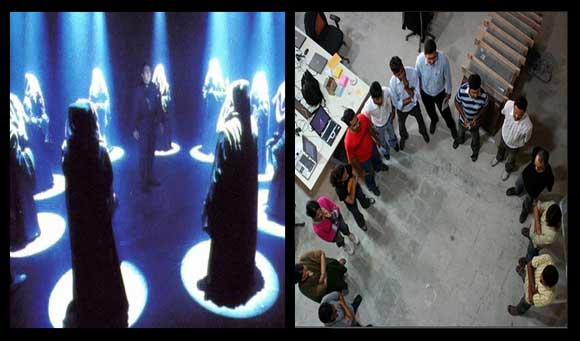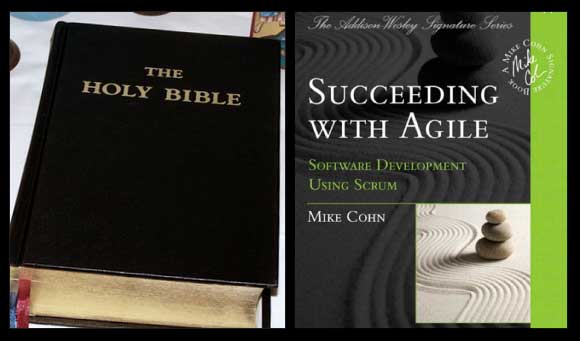There is a big difference between speed and velocity.
Good speed increases velocity.
Bad speed decreases velocity.
Remember first year physics?
Speed is a measure of distance over time.
Velocity is a measure of displacement over time. Velocity is a vector: it has direction.
We all know the sensation of running really fast (having high speed) but not making much progress toward our goals (having low velocity).
The red queen has a lot of speed (she is running as fast as she can) but she never leaves the spot she is standing on: the chess board is moving just as fast as she is, and her displacement is zero: so her effective velocity is zero.
The winner of the Berlin marathon ran the course in slightly over 2 hours: an average speed of about 20 km/h. But he finished exactly where he started: all that running to end up back at the same spot. His velocity, after two hours, was zero.
On projects and teams, velocity matters a lot. Velocity is the measure of how much progress you are making towards your objective
, your end goal. No matter how fast you’re moving, if your velocity is low, your progress will be slow.
Scrum teams often have a measure of progress called velocity that measures how many user stories were delivered in a given sprint.
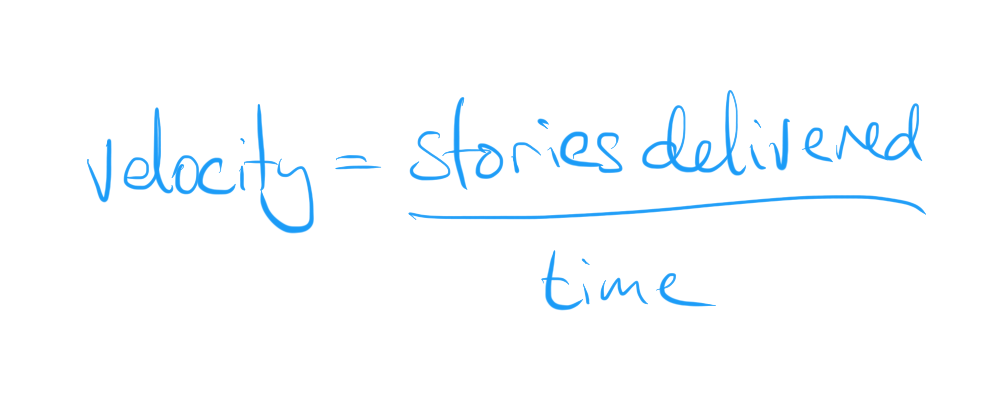
But what if those user stories didn’t add any value for the customer?
Stories delivered over time is a measure of speed. I better measure for velocity is:
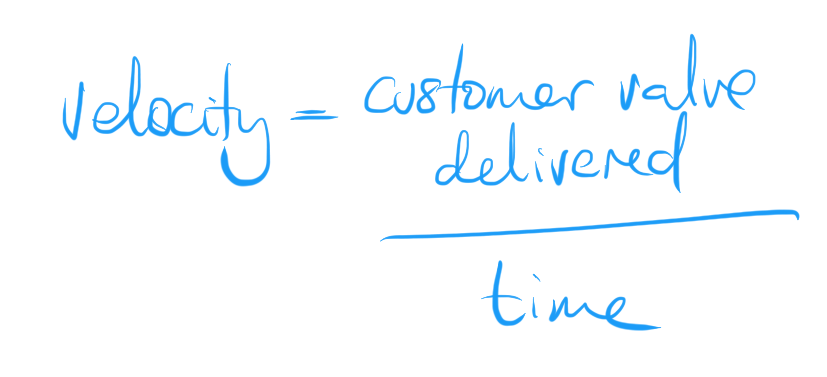
Increasing speed can increase velocity. But it can just as easily decrease it.
Good speed is efficiency, focus, and delivering the things that your customers care about and that make a difference for your business.
Good speed is asking: how can I make this two-day task into two one-day tasks?
Bad speed is rushing, burning out and piling on technical debt. It’s building features that nobody uses, that your customers don’t care about and that don’t add value to your business. It’s prioritising business needs over customer needs. It’s waste.
Bad speed is asking: how can I make this two-day task take one day?
When you find yourself rushing to speed up
, ask yourself: is this good speed, or bad speed?





